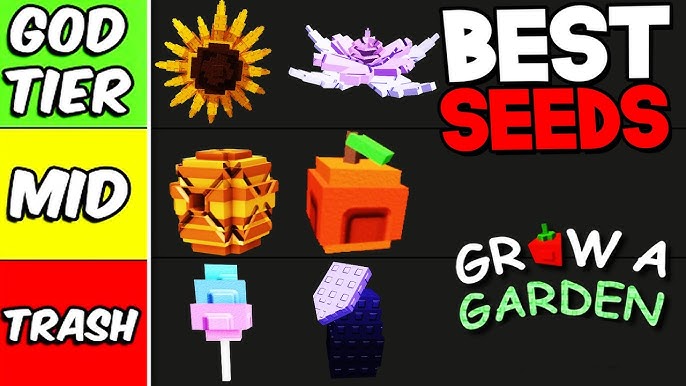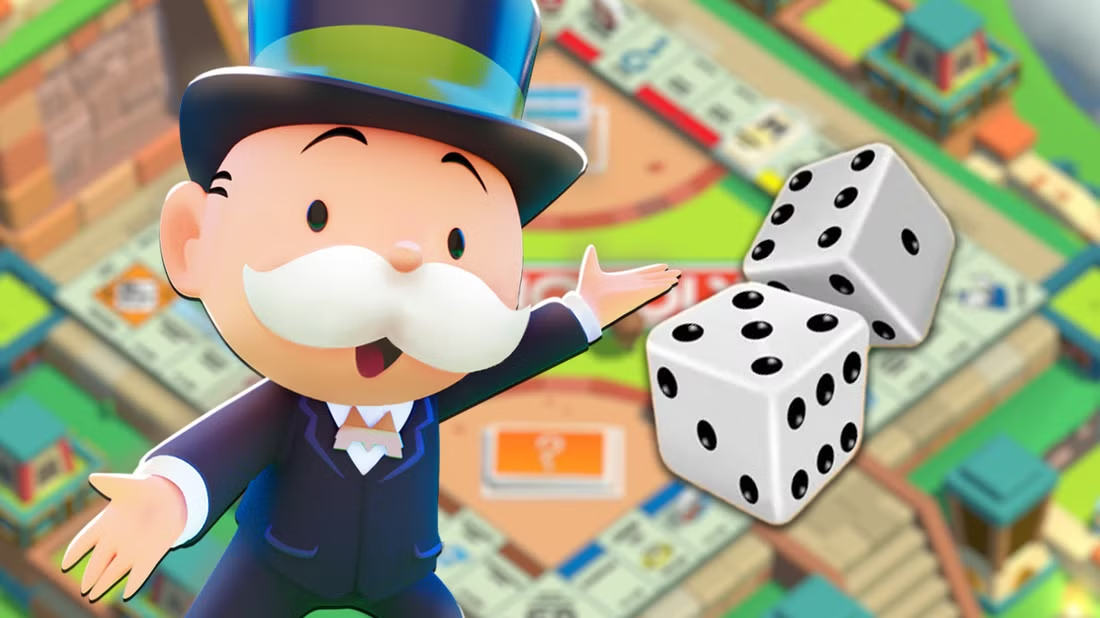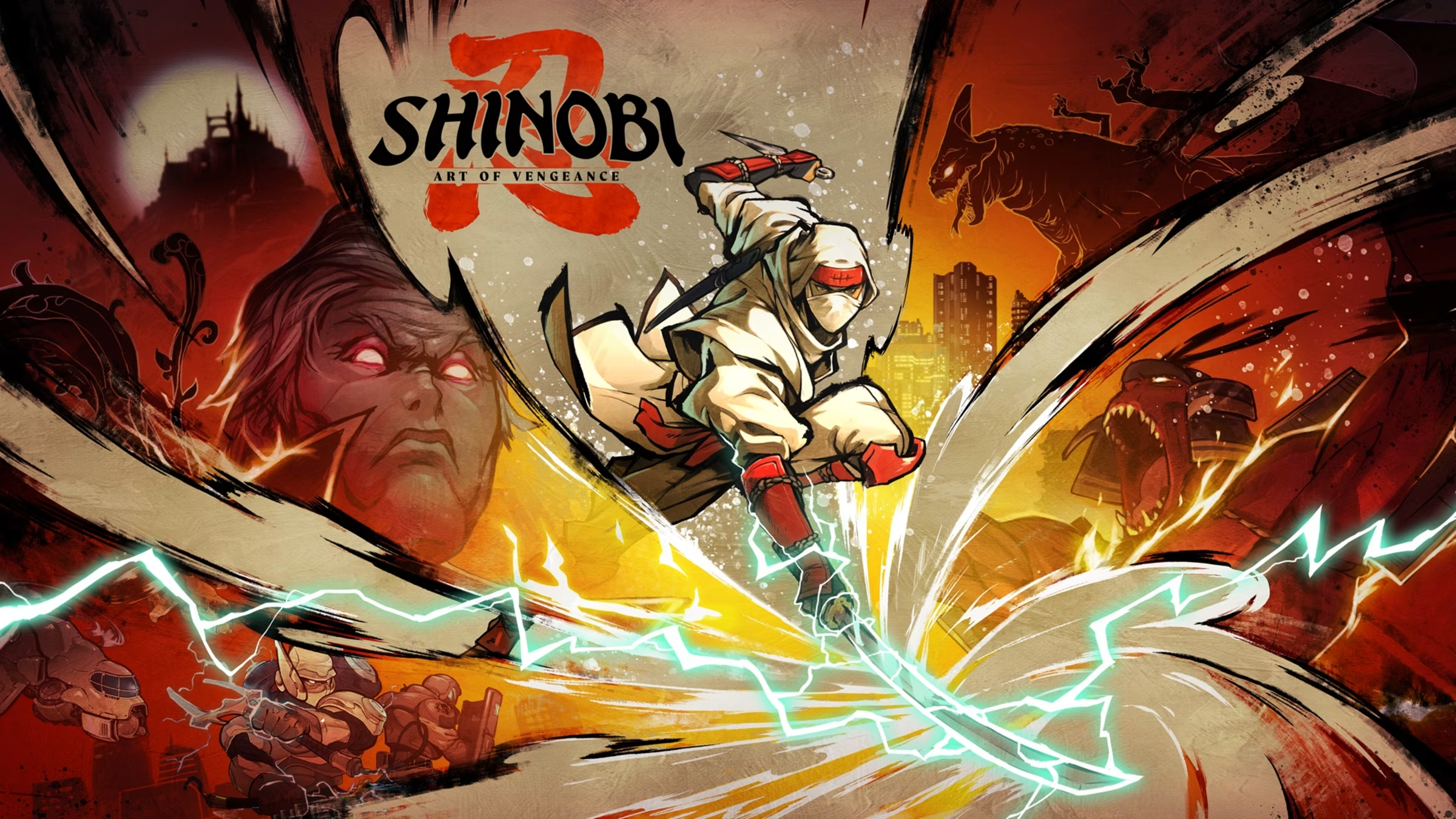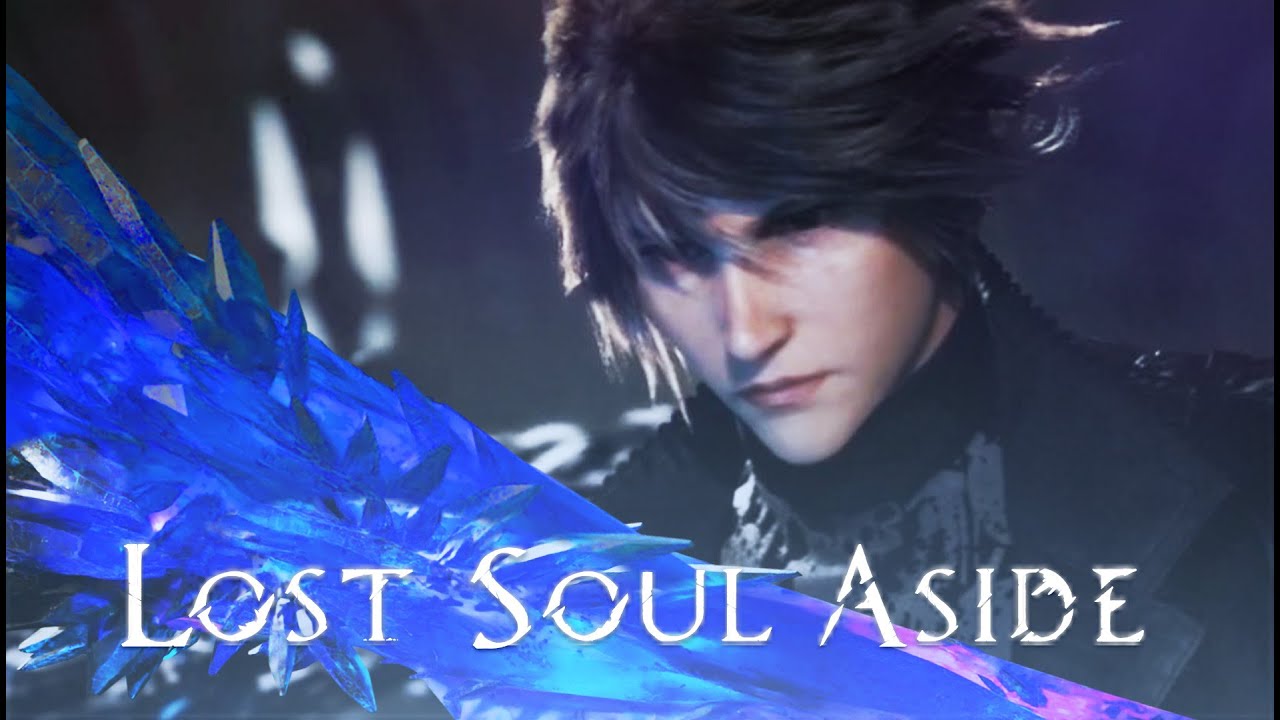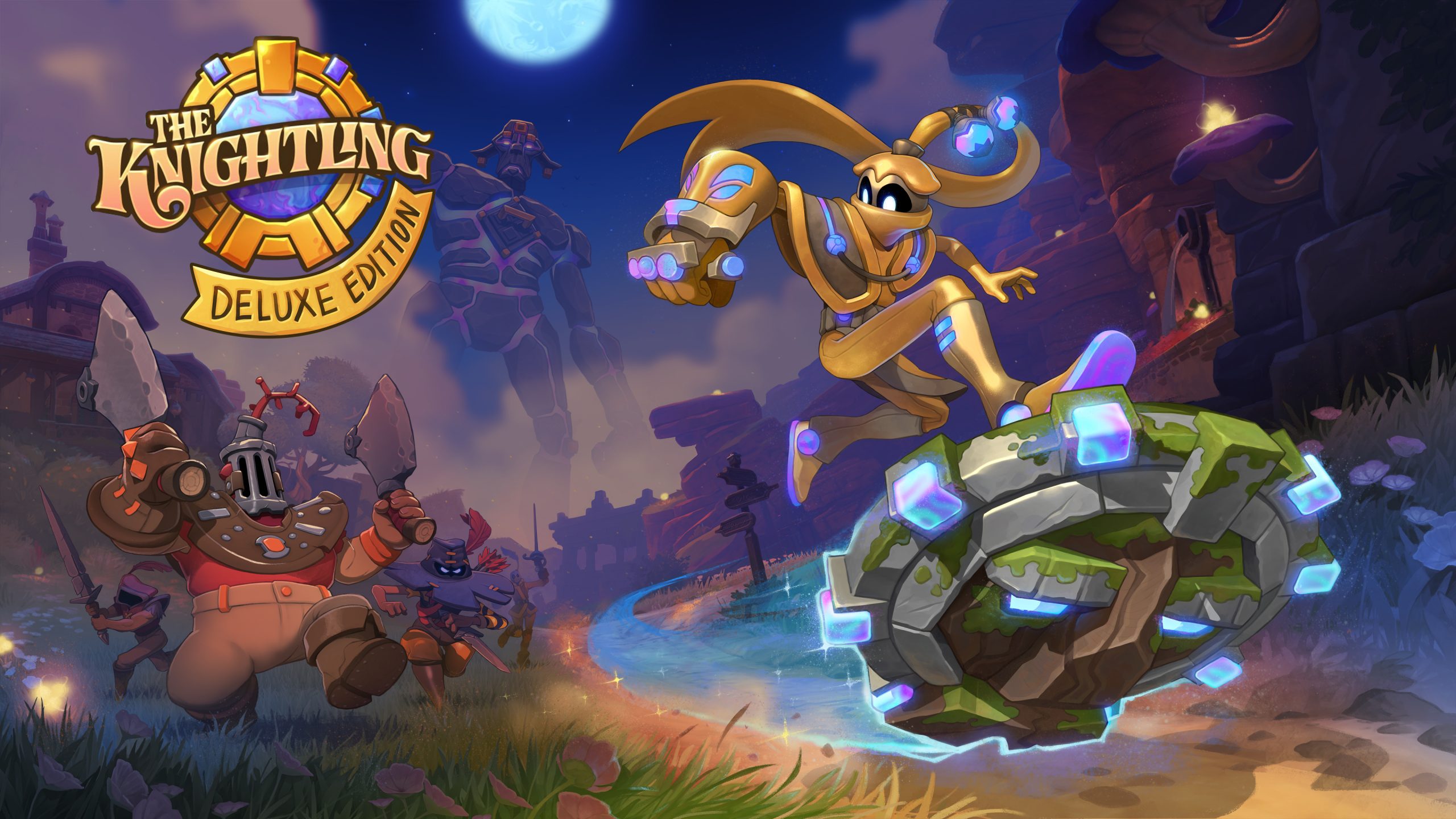Fortnite has grown into one of the most popular games worldwide, and millions of players enjoy it across multiple platforms. If you’ve played on Xbox One, PlayStation 4, and Nintendo Switch at different times, you may be wondering how to merge your Fortnite accounts to keep your progress, skins, and V-Bucks together.
Here’s everything you need to know about merging Fortnite accounts in 2025.
Can You Still Merge Fortnite Accounts?
Epic Games used to offer an official Account Merge Feature back in 2019, but this was discontinued. Today, there’s no direct “merge” button to combine two Epic Games accounts.
However, the good news is that you can still link your Xbox, PlayStation, and Nintendo Switch accounts to one Epic Games account, which allows you to share progress, purchases, and cosmetics across all platforms.
Why Link Your Accounts?
By linking your Epic Games account to Xbox One, PS4, and Nintendo Switch, you can:
- Keep your Battle Pass progress synced.
- Access all your skins, emotes, and cosmetics no matter where you play.
- Share V-Bucks balance across platforms.
- Avoid losing progress when switching consoles.
Step-by-Step: How to Link Fortnite Accounts
1. Create or Log Into Your Epic Games Account
- Go to Epic Games
- Log in with your existing account or create a new one.
- This account will act as the “hub” for your Fortnite data.
2. Navigate to Account Settings
- Select Account → Connections.
- Once logged in, click on your Profile Icon (top-right).
3. Link Your Console Accounts
In the Connections → Accounts tab, you’ll see options to link:
- Xbox Live (Xbox One / Series X|S)
- PlayStation Network (PS4 / PS5)
- Nintendo Account (Switch)
Click Connect, sign in with your console credentials, and authorize Epic Games.
4. Confirm the Link
After linking, all progress, purchases, and cosmetics will be tied to your Epic Games account. From now on, whether you log in from Xbox, PlayStation, or Switch, you’ll see the same Fortnite profile.
Important Notes
- You cannot merge two separate Epic Games accounts anymore. Only linking is possible.
- Once linked, you cannot unlink and re-link to a different Epic account without losing access to some items.
- Make sure you choose the main Epic Games account you want to keep before linking.
Final Thoughts
While Fortnite no longer allows full account merging, linking your Epic Games account across Xbox One, PS4, and Nintendo Switch ensures you keep your skins, V-Bucks, and progress unified. It’s the best way to stay synced no matter where you play.
So, if you’ve been switching between consoles, take a few minutes to link your accounts and enjoy a seamless Fortnite experience across all platforms.

